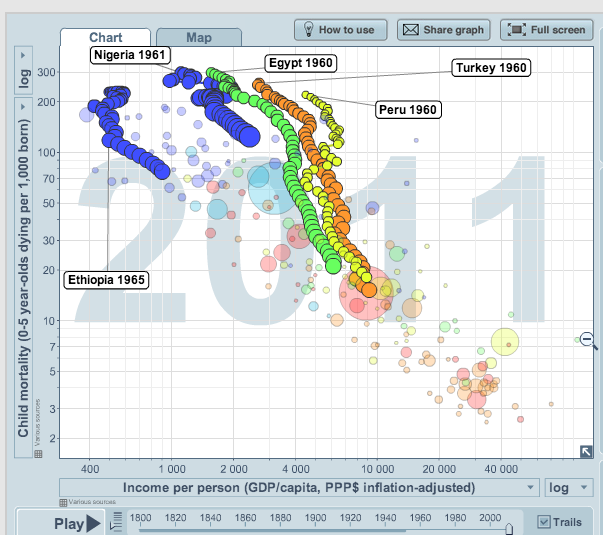A couple of years ago, an anonymous family foundation launched a call for “extraordinary and unorthodox” philanthropic opportunities. We wrote critically about this at the time, but the winner of the contest turned out to be GiveDirectly (currently our #2 charity), which received its initial funding from the contest. We’ve since had some interactions with the funder, and we’ve been impressed with its thinking and with its broad interest in doing as much good as possible. (The funder has also been supportive of GiveWell in terms of contacts and has expressed potential interest in funding us directly, though no direct funding has occurred to date.)
The funder is now holding another contest with a similar aim to the previous one: to “identify and support one new great idea” that “can improve the lives of the world’s most disadvantaged people.”
We’ve played with the idea of a similar contest ourselves, with the hope of unearthing giving opportunities that fall outside “traditional” causes. To date we haven’t felt that holding such a contest would be the best use of our capacity, but we’d like to do what we can to support such a contest when another organization is holding it. Therefore, we’re publicizing this contest via our blog.
If you have – or know someone who has – an extraordinary and unorthodox idea for improving the lives of the world’s most disadvantaged people, please consider submitting it to the Extraordinary and Unorthodox Prize (and contacting us with it as well).


